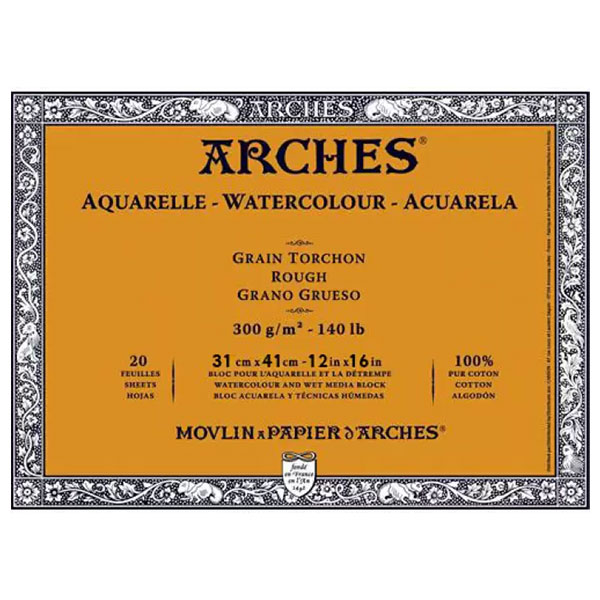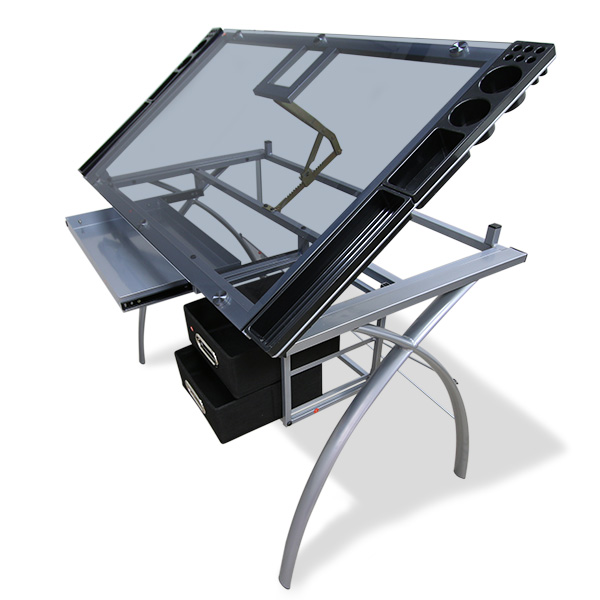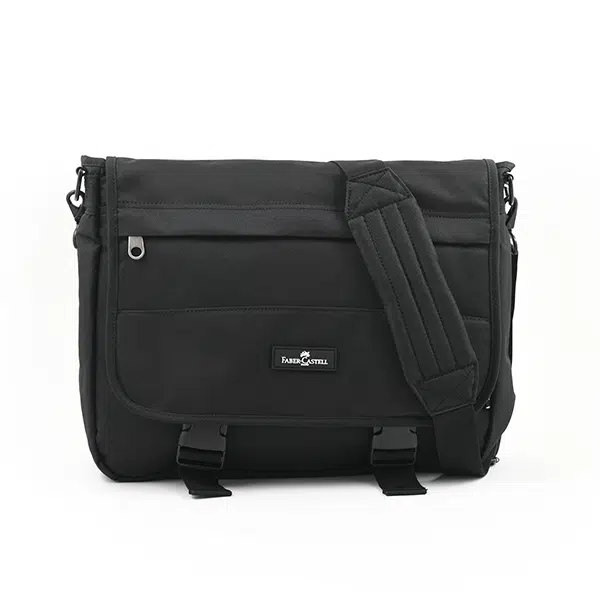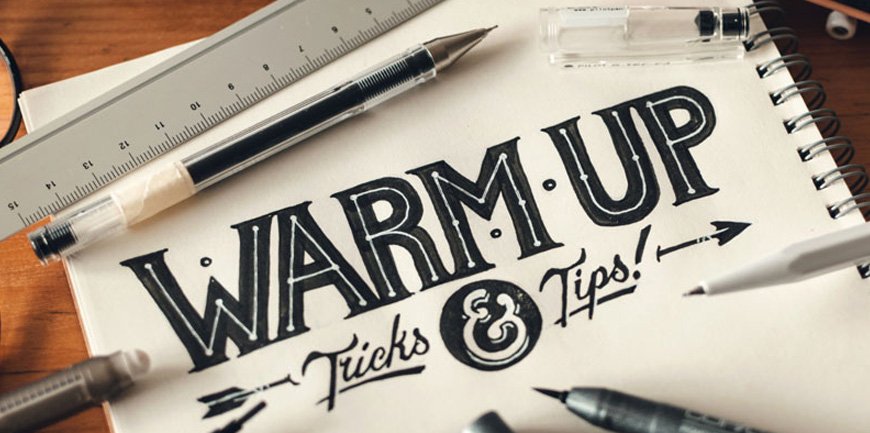
Not unlike in fitness, warming up before you tackle a piece of art it can be greatly beneficial to help stretch your creative muscles and warm-up first. Those creative muscles can be both physical and mental, so here are a few quick and painless ways of getting in the groove.
1. Shake It Off.
It may seem weird, but shaking your hands wildly can help loosen up the joints within your hands and fingers. After you’ve had a good shake off, push your hands together into a prayer position with your fingertips touching their adjacent partners. Using your right fingers, push your left fingers backwards, and then repeat in the opposite direction. Next, clench your hands into fists and squeeze them closed for a few seconds, and upon releasing open and close them quickly as if you were telling the car in front of your that they forgot to use their indicator when turning. Give your hands another shake, and you’re ready to go!
2. Lines, Circles, and Scribbles.

Grab your sketchbook or some scrap paper and whatever drawing tool you have closest to you. The tool here is not important, but rather the motion. Start by drawing long downward strokes along the edge of the paper keeping them as straight and parallel as possible. Do this again, but go from left to right and from right to left. Be sure to use your entire arm when making these strokes, not just your wrist. Once those are complete, you can make quick, short strokes using your wrist instead of your arm. Make as many of these as you want – the more the merrier! Plot two spaced out points on the paper and connect them with a single, straight, fluid stroke. This will also help train your muscle memory and coordination.
Fill a page with different size circles, and within those circles make smaller circles until you can’t go any smaller. Drawing confident freehand circles is also a very tricky, but often necessary part of creating artwork, so this is good practice. Try and create one or two receding spirals too, again using only a single stroke for each.
The last step is to create scribbles in the shapes of 5’s, 2’s, and figure 8’s. These will help your hand adapt to a more organic motion as you would often find in artistic sketches. Try and make a figure 8 pattern with lifting your hand and see how fast you can do it!
This sounds like quite a lot to go through, but luckily it doesn’t take more than 5 minutes to do.
3. Wake Your Mind.
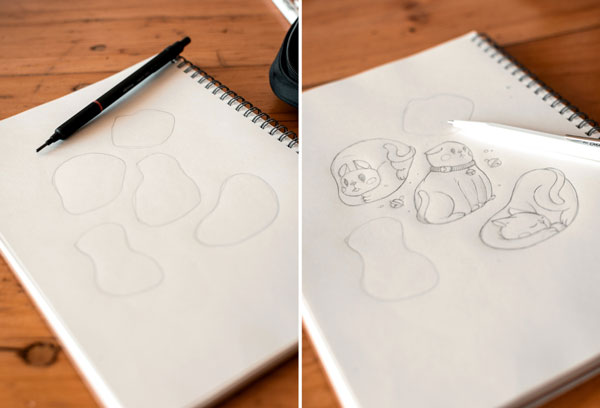
Okay, so you’re all warmed up now and ready to get to work, but what do you draw?? Here’s a very simple, but fun and rewarding little creative exercise that will jump-start your mind and get you thinking laterally about the work you make.
Start by making a bunch of random, abstract blobs and shapes on a page – don’t think about it, just let it happen naturally. Then try and think about what those blobs could be and draw in the details. You could approach it as simple or as detailed as you want. The idea here is not to flex your creative talent but to rather start thinking about these flat blobs as three-dimensional objects. If you want to make it even more fun and challenging, pick a specific theme to stick to. For instance, all the blobs have to be cats, or robots, or foods, etc.
This technique is often used in the industry by concept artists to spark new ideas for interesting characters and objects used in cartoons, movies or video games. Besides, it makes for a great sketchbook filler. It has also been so popularised that artists have even created a challenge out of it (almost like Inktober) to see who can come up with the most interesting ideas.
We hope that these quick tricks will get you loosened up and inspired to tackle your next creative project!

